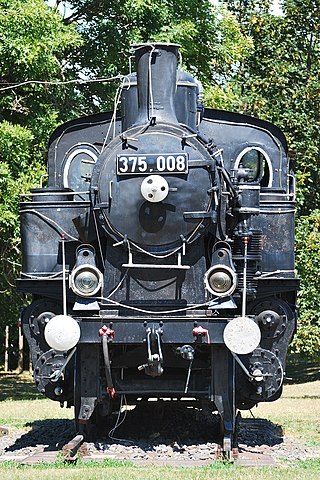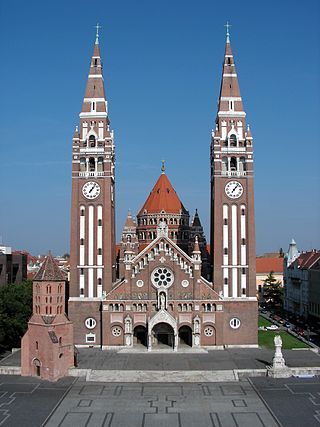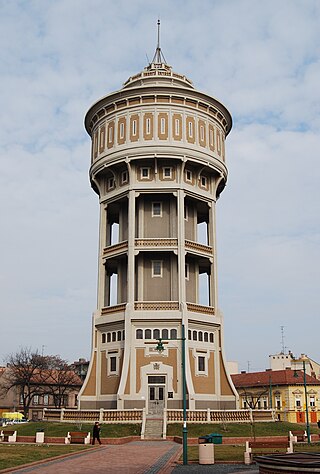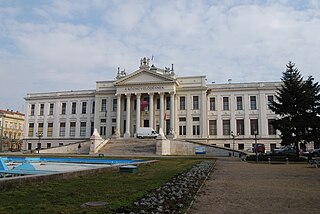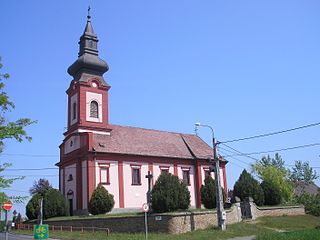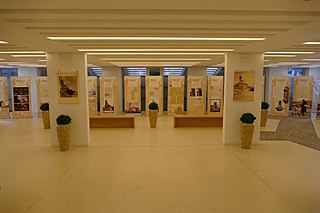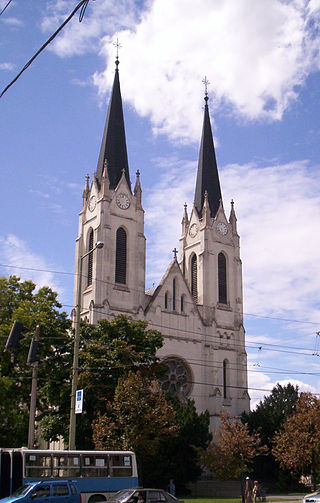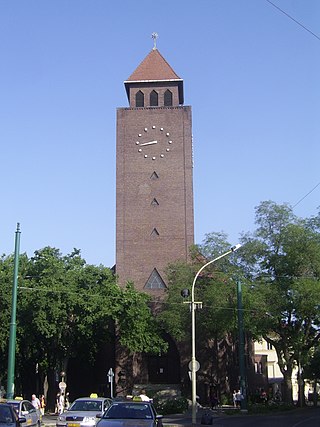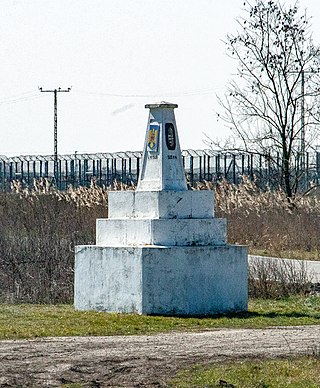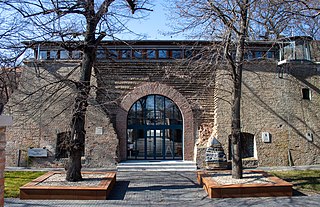13 Sights in Szeged, Hungary (with Map and Images)
Legend
Welcome to your journey through the most beautiful sights in Szeged, Hungary! Whether you want to discover the city's historical treasures or experience its modern highlights, you'll find everything your heart desires here. Be inspired by our selection and plan your unforgettable adventure in Szeged. Dive into the diversity of this fascinating city and discover everything it has to offer.
Sightseeing Tours in Szeged1. MÁV 375 gőzmozdony
MÁV's TV-class, later Class 375 steam locomotive was one of the most common branch line locomotives of the Hungarian Royal State Iron Works, which was produced in several different subseries from the turn of the century until 1959. Recognized not only by Hungarian but also by experts from neighbouring countries, it can be considered one of the most successful steam locomotive types in its category, which served until the very end of the steamer era, and of which preserved and exhibited specimens can be found in every country using the type.
2. Szeged Synagogue
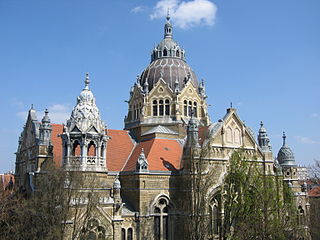
The Szeged Synagogue, also called the Great Synagogue and the New Synagogue, is a Neolog Jewish congregation and synagogue, located at Josika ut. 10, in Szeged, in the county of Csongrád-Csanád, Hungary.
3. Votive Church of Szeged
The Votive Church and Cathedral of Our Lady of Hungary is a twin-spired church in Szeged. It lies on Dóm square beside the Dömötör tower. Construction began in 1913, but due to the outbreak of the First World War, it was not completed until 1930. The church serves as the cathedral of the Roman Catholic Diocese of Szeged–Csanád.
Wikipedia: Votive Church, Szeged (EN), Website, Url Miserend
4. Szent István téri víztorony
The Szeged water tower stands on Szent István Square and was built in 1904. Its designer is Szilárd Zielinski. The water tower of the pioneer of reinforced concrete construction in Hungary was built as the second in the country, the contractor of the tower building praises the work of Henrik Freund and his sons. In March 2003 it received a unique industrial history monument protection.
5. Móra Ferenc Museum
The Móra Ferenc Museum is a museum in Szeged, Hungary. The museum stands at the intersection of the bank of the river Tisza and the city's Downtown Bridge. In addition to its seasonal exhibitions, archaeological, ethnographic, historical, and scientific research is conducted at the museum. The museum was founded in 1883, and the neoclassical building was opened in 1896. The institute was renamed in the honor of its former director, Móra Ferenc in 1950.
6. Kisboldogasszony szerb templom
The Serbian Orthodox Church of Our Lady of the Assumption is one of the oldest buildings preserved in Szőreg, preserved in copf-classicist style, which is a Serbian Orthodox church dedicated to the Nativity of the Virgin Mary. The Orthodox Christian building, built between 1779 and 1785, is one of the five Serbian churches in Csongrád-Csanád county, along with Szeged, Deszk, Újszentiván and Hódmezővásárhely, which gives an insight into the rich past of Serbs in Hungary.
Wikipedia: Szőregi Kisboldogasszony szerb ortodox templom (HU)
7. Visitor Centre of the Szeged Cathedral
The Szeged Cathedral Visitor Center is a multifunctional touristic and cultural facility located in the sub-temple of the Votive Church. In its exhibition hall ecclesiastical and secular exhibitions can be seen, and its community spaces are also suitable for cultural and community events. From here you can visit the Western Tower and the Dömötör Tower as well as the tower lookout. The facility is operated by the Dome Development and Tourism Service Organization.
8. Gróf-palota
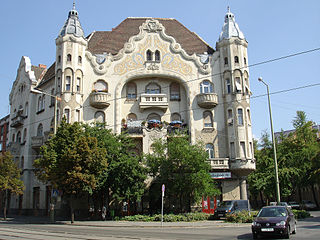
The Count's Palace is the largest independent Art Nouveau building in downtown Szeged, which has been preserved almost unchanged to this day. The construction of the palace was initiated by Count Árpád Márton, Szeged's chief prosecutor at the time, to serve as a home for high-paid city officials. The building, designed by Ferenc J. Raichle, has law offices on the street level and apartments on the upper floor. The palace was completed in a very short time, only 13 months after construction began.
9. Szent Rókus templom
The St. Rókus Parish Church in Szeged is a Roman Catholic church built between 1905 and 1909 according to the plans of Sándor Aigner. It is located in the Rókus district, along today's Kossuth Lajos Avenue.
10. Honvéd téri református templom
The Reformed Church on Honvéd Square built in modernist style is Szeged's second Reformed church, built between 1941 and '44 according to the plans of József Borsos on the southern edge of downtown.
11. Szent Miklós templom
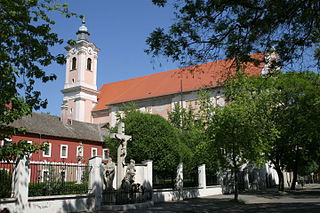
The Church of St. Nicholas in Szeged was built between 1754 and 1767 in late Baroque style. The designer is Wenceslas Lechner. It was built by János Dobi, master builder from Szeged, on the site of the medieval abbey church.
Wikipedia: Szent Miklós-plébániatemplom és minorita rendház (Szeged-Felsőváros) (HU), Url Miserend
12. Triplex Confinium
The triplex confinium, literally translated as the Triple Frontier, is a monument-shaped boundary stone on the border of Hungary, Romania and Serbia. It was built after the Treaty of Trianon on June 4, 1920.
13. Vármúzeum és kőtár
Szeged Castle Museum – Kőtár is located in the heart of Szeged, at the junction of the bank of the Tisza and the Downtown Bridge. The institution is one of the exhibition spaces of the Ferenc Móra Museum. The building of the museum consists of the last remnant of Szeged Castle, the Maria Theresa Gate, built between 1762 and 1764 in Baroque style. A roof structure was built on this part in 1999 and it has been functioning as an exhibition space ever since. During 2019-2020, a renovation took place, as a result of which a permanent exhibition was established, Travel to the past! Szeged Historical Permanent Exhibition.
Share
How likely are you to recommend us?
Disclaimer Please be aware of your surroundings and do not enter private property. We are not liable for any damages that occur during the tours.
